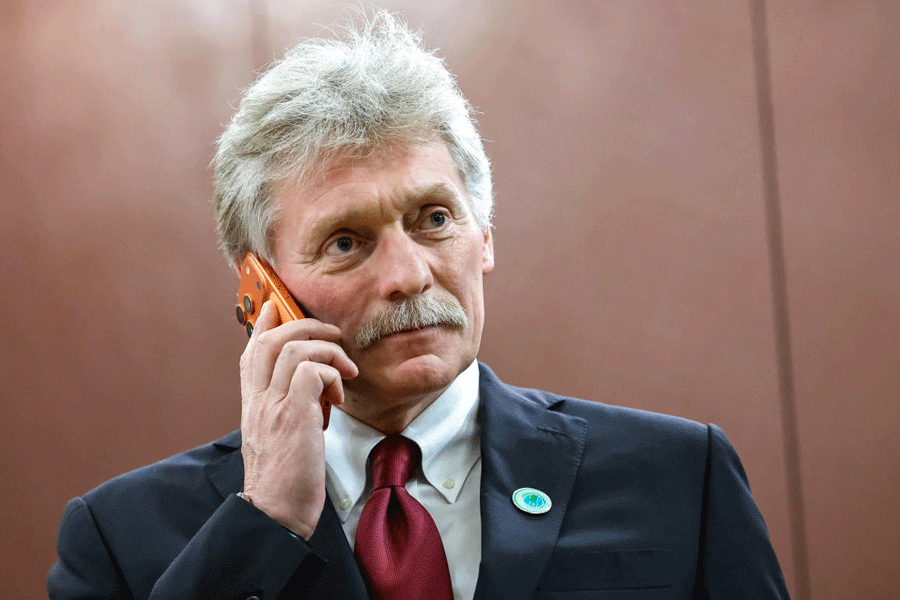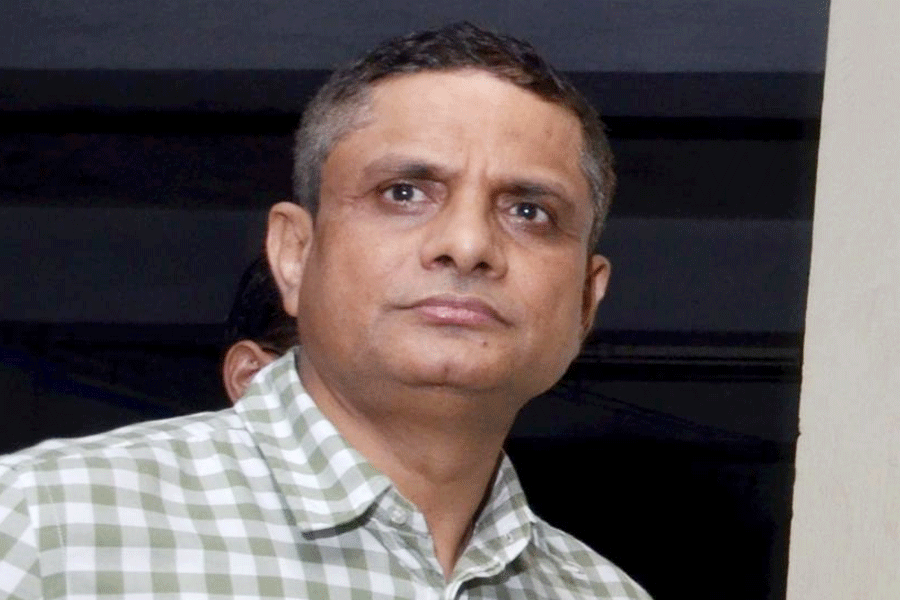Adam Nossiter, The Times’s Paris bureau chief, first moved to the city at the age of 3 when his father, Bernard Nossiter, was assigned to cover the European economy for The Washington Post. He moved back in 1983, in 1999, and then in 2015, when The Times posted him there. We asked him to share his thoughts on a Paris transformed by the pandemic
Paris: Before Paris became a theme park for the global affluent, there was an older Paris I knew as a child, where sculpted horse heads announced butcher shops and you were likelier to find céleri rémoulade at the corner than $30,000 handbags aimed at tourists.
Echoes of that Paris have come back to me over the last month as the coronavirus stalked the city. It’s a paradox that the empty streets have made it easier to imagine Paris as a place where people actually live, and not just a polyglot destination for shopping and playing.
Thousands of affluent Parisians have left the city. Up to a quarter of the people who were in the city at the time of confinement have left, according to some estimates. The Paris of the 1960s, far more economically diverse, seems to be back. Around Montmartre, where working people still live, Parisians perch at their windows, greeting each other and just looking out; my neighbourhood around Madeleine, on the other hand, given over to luxury shops, is dead.
France has recorded nearly 22,000 virus deaths, far more than Germany, but fewer than Italy or Spain; French officials intervened earlier than the Italians but had far fewer emergency beds and tests ready than the Germans. The good news, at least for now, is that the number of patients in French hospitals has been slowly dropping.
There is the grim universe of those hospitals, and then there is the surprising new world outside them.
For those willing to brave police checks, this is a remarkable chance to rediscover Paris. In recent days, I saw for the first time — in a relationship with France that is nearly 60 years old — an epicenter of mass tourism, the beguiling Place du Tertre at the top of Montmartre. The little village square was nearly empty, and a worried Parisian stopped to ask if I wasn’t taking a chance by being out on my bike.
But it is all an illusion. Paris is no more Paris without its smart young people chattering outside at now closed cafes than New York is New York without skyscrapers. Paris reduced to its architectural essence is grandiose but cold, an unreal postcard.
Yet it is also a fertile theatre for the imagination.
At night, running along the quais, my few companions are the newly emboldened rats, a handful of muttering homeless people and the police, prowling for those without the obligatory interior ministry “excuse forms.”
They list seven pre-approved reasons for being outside: including shopping for essential provisions, a doctor’s visit, work when telecommuting is not possible, and an hour’s exercise within a 1km radius of one’s home.
The forms are testimonials to the French adoration of paperwork, and the essential literary legacy, so far, of this strange time. The police have checked more than 13.5 million people, and handed out hundreds of thousands of fines, or perhaps worse — there have been claims of beatings in the immigrant suburbs — for those caught without the paperwork.
Faced with that threat, the French are (mostly) staying indoors. My building’s bustling caretaker occupies herself with a ceaseless battle against what she calls “les microbes” — “the germs” — swiping everything in sight. My bet is on her.
On my nocturnal forays, cars are rare. The silence is broken only by the occasional ambulance. It is so quiet you can hear the ducks quacking on the Seine, as silent as any remote country town on a Sunday night. Without a single tourist boat, the river is still as a lake.
In this stage-set Paris, the monuments still brilliantly illuminated, it is easy to imagine an earlier time when the city streets were quiet: the German occupation.
Photographs from that period show empty streets, solitary pedestrians, and grand monuments jarringly out of sync with the humiliated city. Like now, lines of grim-faced customers stretch from the few open stores.
The oldest French are haunted by these echoes. I called the writer Philippe Labro, who made the same comparison the other week in
the Journal du Dimanche and who lived through the occupation as a child. “We lived permanently with the imminence of danger,” Labro told me. “There was an atmosphere of fear. And then, the streets were empty. Paris, it’s the occupation, without the Boches!” he said, laughing, using a French pejorative for Germans.
“Maybe people now are rediscovering how precarious existence is,” said Labro, whose parents hid Jews during the war. Paris lives intimately with its memories of the occupation; only in recent days have I noticed a plaque to an obscure resistance hero of 1942 not far from where I live. The bustle of the sidewalk during normal times doesn’t usually allow for this kind of street-level contemplation.
“Never were we so free as during the German occupation,” Jean-Paul Sartre famously wrote after the war. He meant, roughly: Never were Parisians, French women and men, forced so brutally to confront, every day, the fundamental question of survival.










